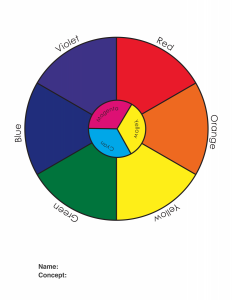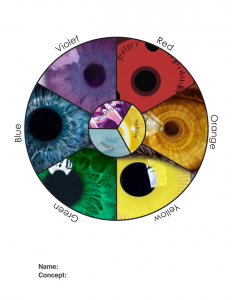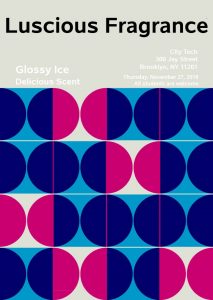In this article by Maria Popova, I learned that color is both mental and physical. In the article the author states that we see but at the same time we don’t see. The author also quotes, “In visual perception a color is almost never seen as it really is — as it physically is. This fact makes color the most relative medium in art”. This quote to me means that color can be seen in different perspectives than just from what’s actually there. I also learned about the after-image effect. The ‘afterimage effect’ demonstrates the interaction of color caused by interdependence of color. Color comes in many shapes and forms and can be expressed through many other things. Another thing I gasped from this article is the concept of illusions and how color makes illusions more visible and more effective.
Source: https://www.brainpickings.org/2013/08/16/interaction-of-color-josef-albers-50th-anniversary/











